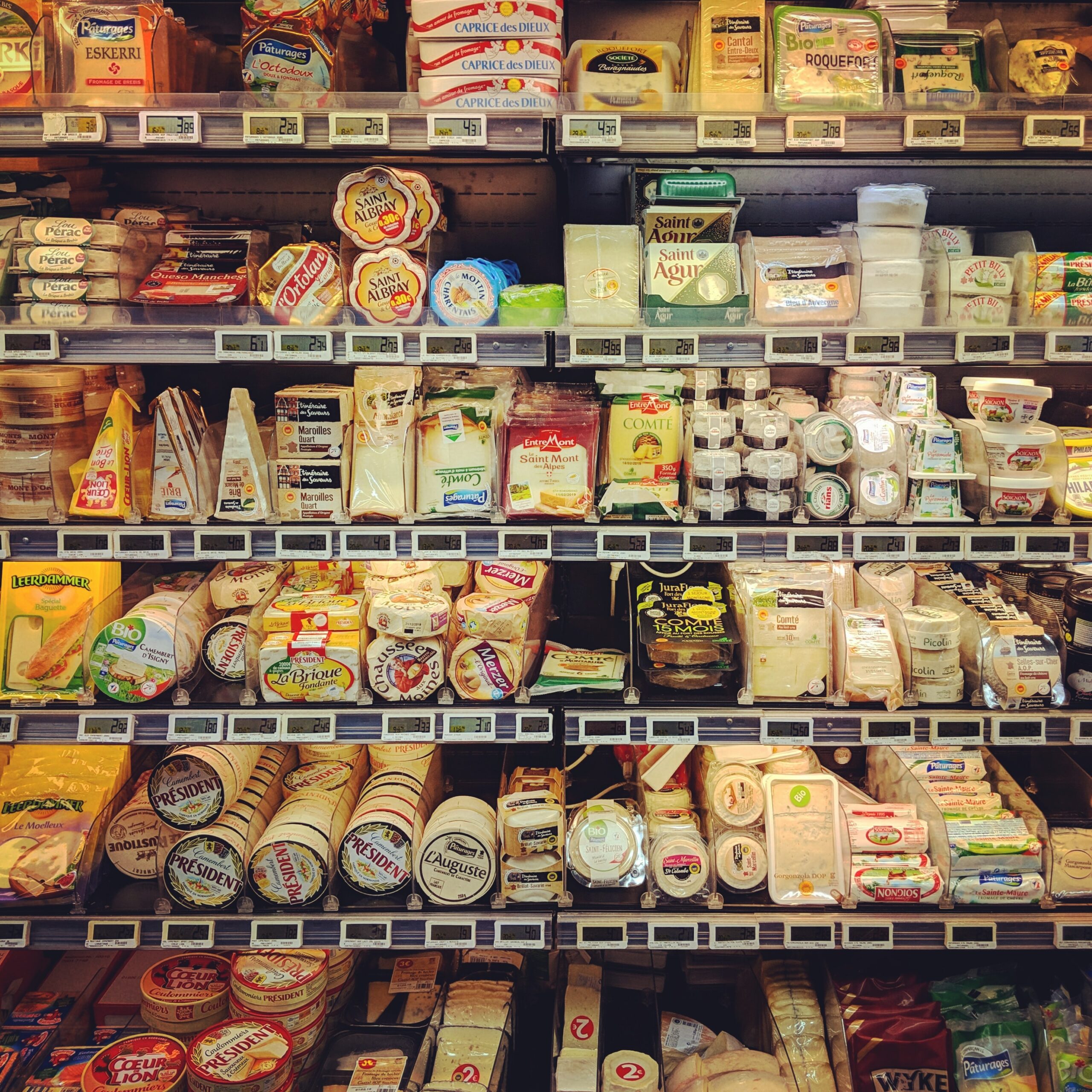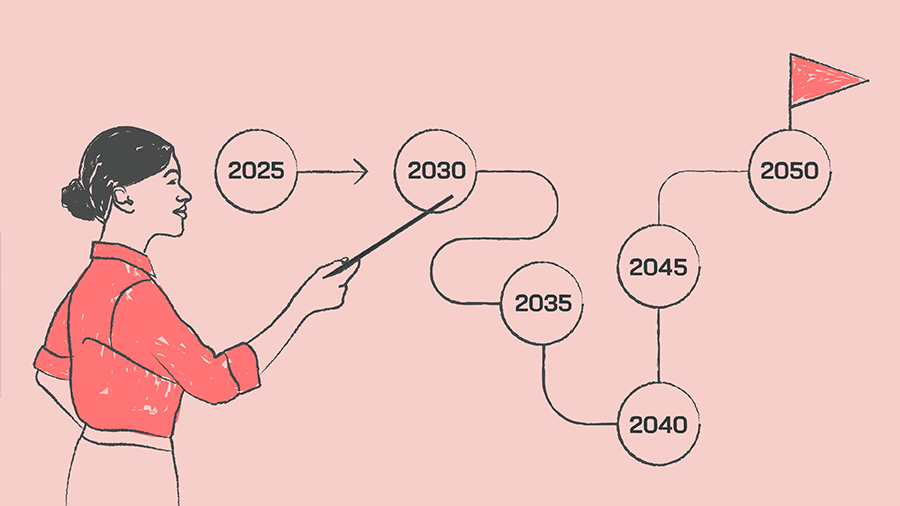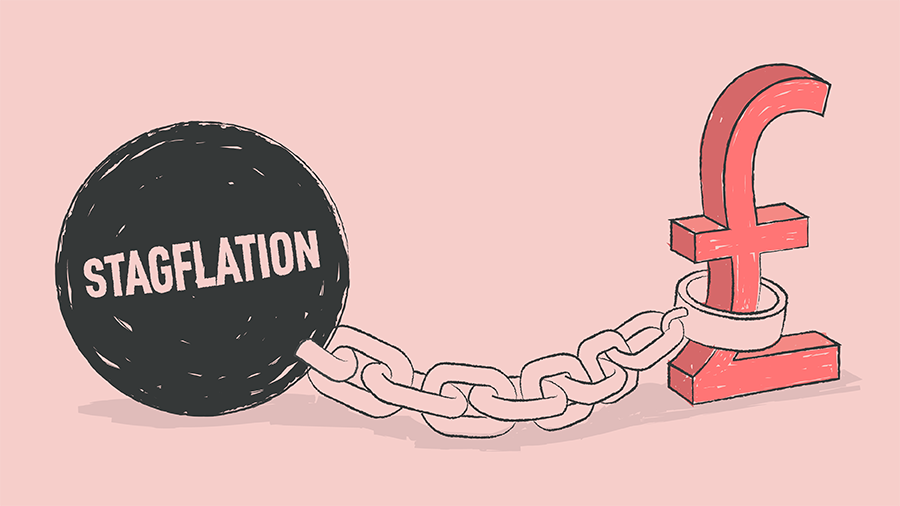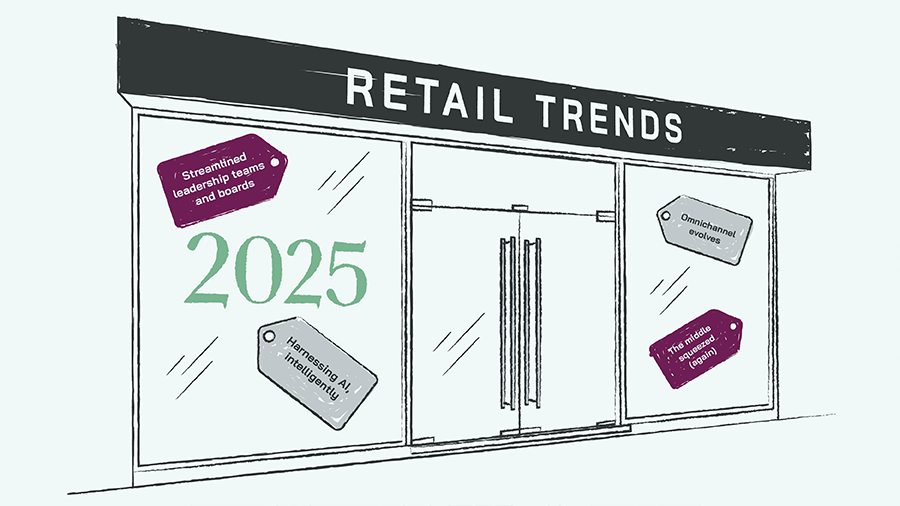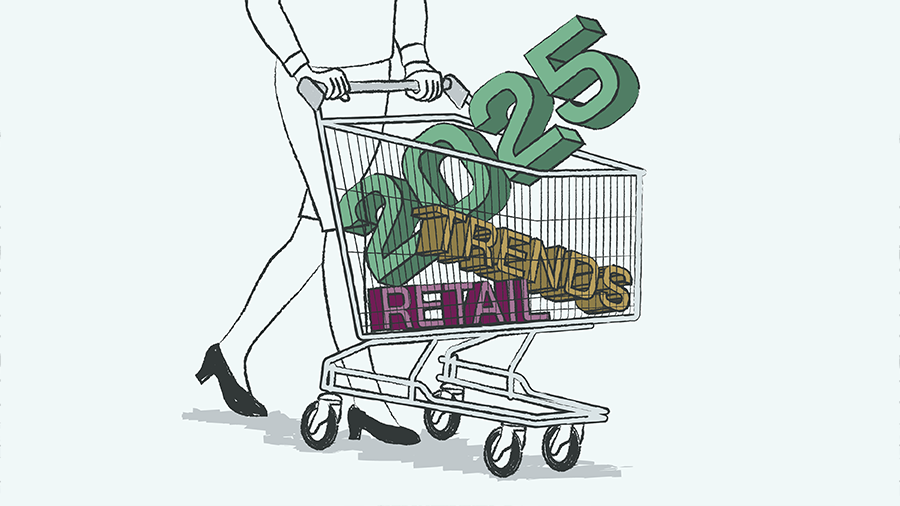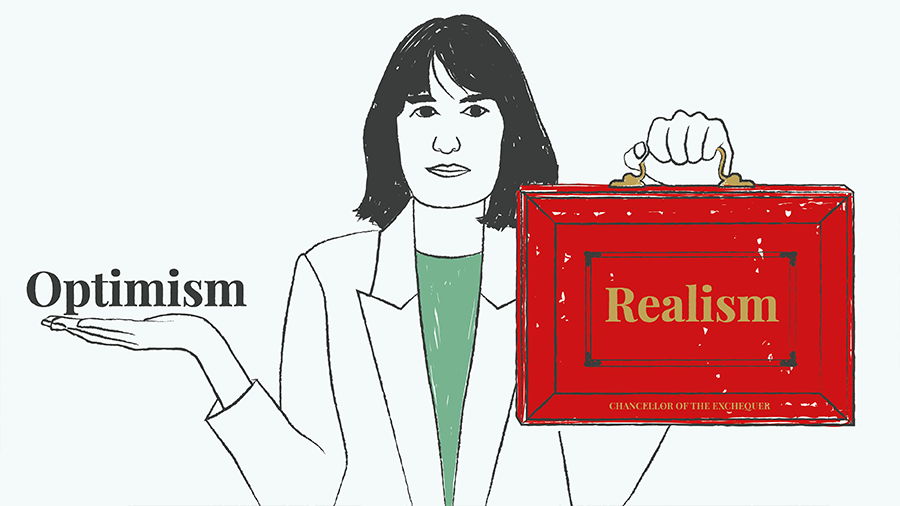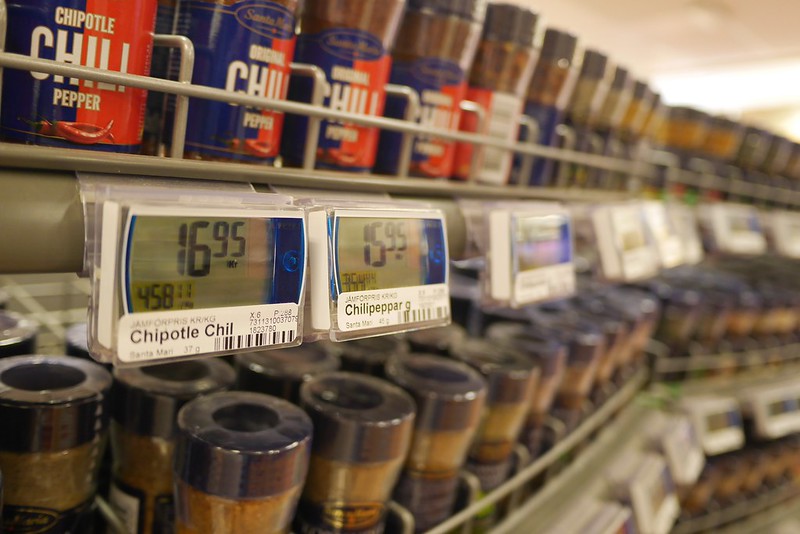
Constantly reducing costs of technology and widespread connectivity are driving the growing adoption of electronic shelf-edge labels (ESLs) and the opportunity for introducing dynamic pricing into stores now looks a distinct possibility. This is not, however, the first time it has been on the sector’s agenda.
When the UK was on the verge of replacing the pound with the Euro in the 1980s, there was talk of the major retailers including Marks & Spencer introducing ESLs to show dual pricing during the gradual switch-over between currencies.
But is dynamic pricing ethical? Although this was a plausible solution to show the two prices at once, the problem for the retailers was the widespread belief that ESLs would enable merchants to change prices sneakily during the day.
The croissants that cost £1 at breakfast time could reduce to 50p from mid-morning and then increase again for the afternoon sugar slump. This caused an outrage and the idea of changing pricing in this way has since been strictly off the agenda.
However, much has happened in the interim – notably the internet has appeared. Airlines, hotel groups and taxi firms are among the many groups that now use dynamic pricing. Consumers largely accept this method online, but this is not the case for traditional retail.
What companies are using dynamic pricing?
Tesco tested ESLs at its Letchworth store and more recently its Enfield superstore. CIO Mike McNamara has highlighted the simplicity of being able to change five to 10 million labels every week from a central system. Removing the need for stickers saves nearly a week of shop employees time and ensures matching prices between the shelves and the checkout.
The chief driver of this adoption is the price of the technology, which has reduced so dramatically in recent years that it is now a viable option for retailers to implement. For instance, in France, Casino Groupe has rolled out ESLs to over 400 stores albeit involving over seven million labels being installed. Kingfisher has also been using them at its France-based chain Castorama, with the plan to introduce them within the next generation of B&Q shops in the UK. Dixons has also been experimenting at its shop in Aylesbury across a number of categories.
Within these non-food categories, the value in being able to quickly change prices in response to competitors’ discounting is obvious. The ability to declare they are the cheapest operator becomes an indisputable possibility.
Should UK retailers use dynamic pricing in store?
Matching competitor prices would undoubtedly push retailers closer to the sensitive area of dynamic pricing. Yet many remain sceptical, believing shoppers might potentially change their shopping habits and choice of retailer if they are unsure about a company’s consistency of pricing.
On the other hand, it is clear that dynamic pricing has huge potential for helping clear goods languishing in warehouses and end-of-line fashion ranges. Likewise, with food there is the opportunity to reduce waste more effectively through end-of-day discounting to clear out stocks of perishable goods. For such pricing strategies to work to the advantage of retailers, they need to link their ESLs to data analytics solutions which can utilise demand forecasting software. When combined, these could deliver optimum prices for maximum sales and, more importantly, profitability.
Personalised pricing
There’s also scope to link dynamic pricing to individual customers (potentially through retailers’ loyalty programmes) and this is where mobile devices have a major role to play. They enable shoppers to interact with the ESLs through the use of QR codes and NFC technology, offering a more personal customer experience.
For instance, Casino uses ESLs with NFC tags attached at one of its Paris stores, offering a scan-and-go type solution whereby consumers tapping the label/tag could add the item to the basket on their mobile device via an app.
Such an arrangement also has the potential for pricing to be personalised to each shopper when they tap their phone on to the tag. Promotions and cross-selling recommendations can also be targeted at the specific shopper by appearing on their phone. Read more ideas on how technology is changing retail here.
Whether through ESLs or directly through mobile devices, there is such great change taking place around prices that static pricing in shops will increasingly be a thing of the past – an analogue dinosaur in a digital age.
If you are having challenges recruiting executives with expertise in customer focused innovation, then we can help. Contact Leandro at [email protected] for information on how to attract the best consumer talent to your organisation.



